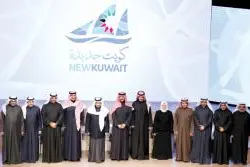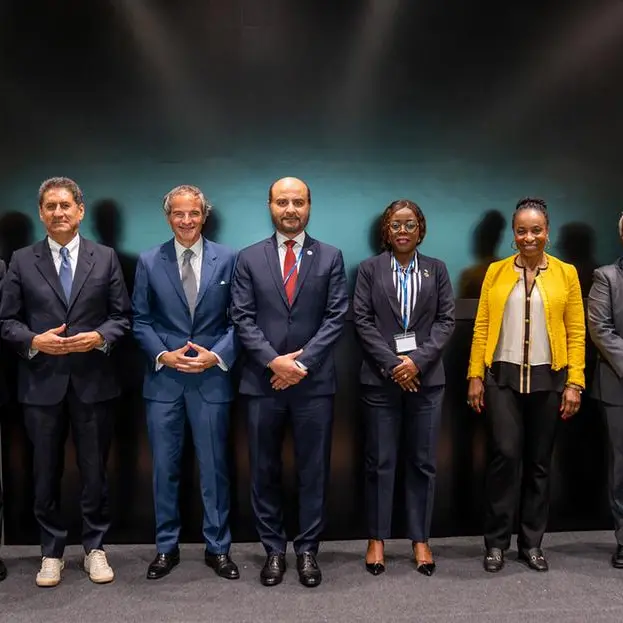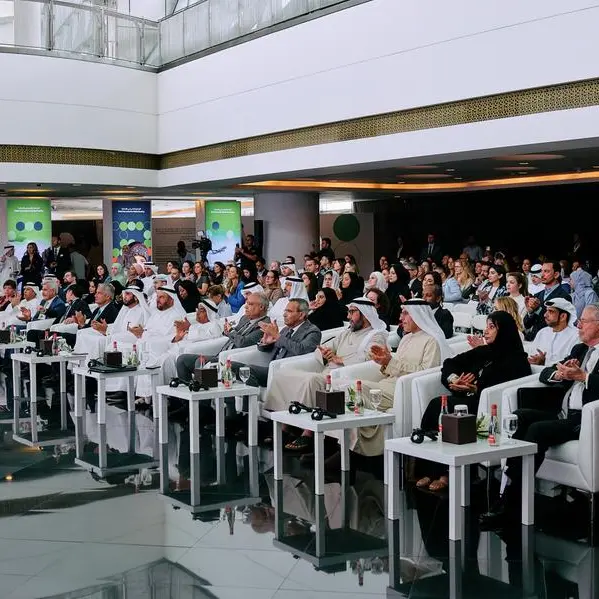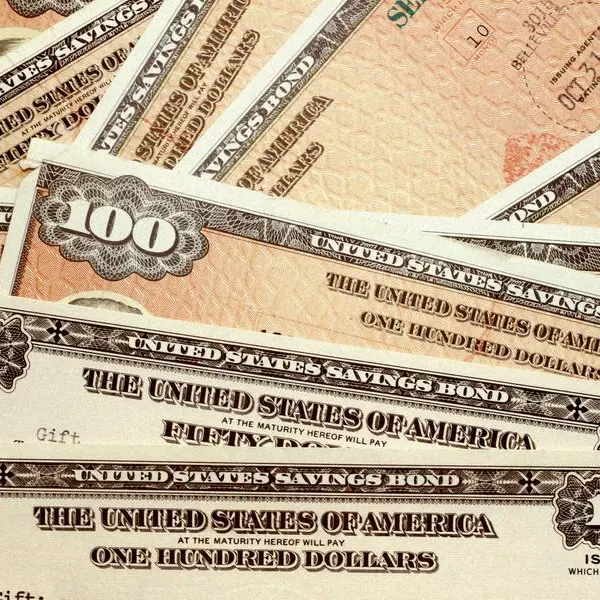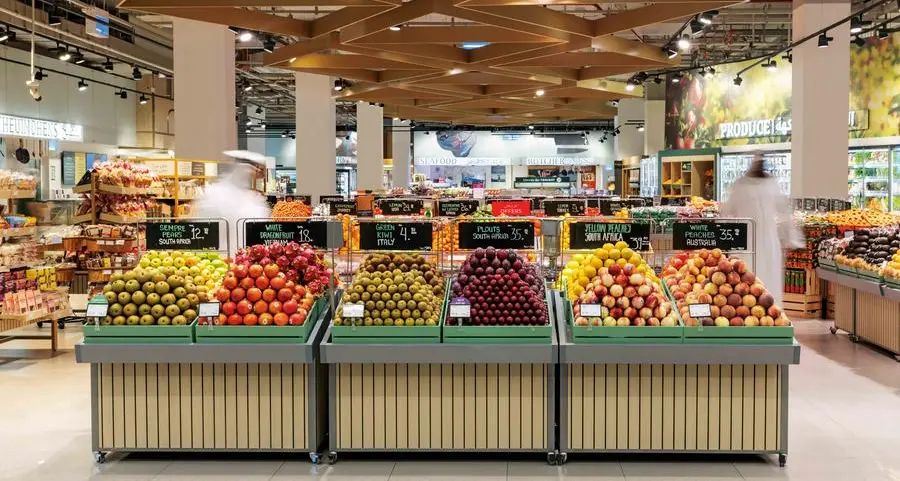PHOTO
Kuwait - Kuwait Finance and Investment Company (KFIC) clarified in its financial report for January; that the Global equity markets ended the first month of the year in positive territory as the MSCI world index rose by +2.35%. In the US, the new president took executive decisions during his first two weeks of presidency. He had terminated the Trans-Pacific Partnership; a trade deal binding the United States, Australia, Canada, Japan, Vietnam and seven other allies against growing Chinese economic clout. Trump has also enforced an executive order to close America’s borders to refugees and immigrants from seven Muslim-majority countries, including Iran, Iraq, Syria, Yemen, Sudan, Libya. Despite Trump’s aggressive stance and weaker than expected economic data, the S&P 500 rose +1.8%. US GDP expanded at rate of +1.9% in the fourth quarter of last year which was below analysts’ forecasts of +2.2% and down from +3.5% in the third quarter of 2016. In summary, the US economy GDP growth stood at +1.6% in 2016, losing top position in the G7 group of industrialized nations to the UK’s +2%.
In China, the manufacturing Purchasing Managers' Index (PMI) showed the industrial sector continued to expand in January and a tad faster than expected, as the mainland economy shows signs of stabilizing. The manufacturing PMI came in at 51.3 in January, topping Reuter’s poll forecast of 51.2. Japan’s Nikkei dropped by -0.4%, despite Japan’s central bank forecast of economy significant growth, that is faster than its long-run trend to March 2019, based on easy monetary policy, government fiscal stimulus and a pick-up in growth overseas.
In Europe, Germany’s DAX index has increased by +0.5%, while France’s CAC 40 and UK’s FTSE 100 dropped by -2.3% and -0.6%, respectively. Eurozone GDP rose by 0.5% in the last three months of 2016. Inflation is also on the rise; the consumer prices index jumped by 1.8% year-on-year, but the increase was mainly due to energy prices, with core inflation remaining at 0.9%. Oil prices ended the month in negative territory as WTI fell by -3.38% to close at USD 52.8/bbl and Brent diminished -3.32% to close at USD 55.6/bbl. As US supply concerns offsets production cuts that is being implemented by countries including Saudi Arabia, the United Arab Emirates, Russia, Kuwait, Qatar and Iraq, where their cutbacks account for the bulk of the deal reached last year. A new Reuter’s survey has determined that OPEC's compliance with the cuts in January was 82%, indicating substantial cuts have taken place.
Kuwait Government Unveil its National Development Strategy 2035
Saudi Arabia non-oil private sector growth rose to a four-month high in December primarily driven by faster output growth. The Emirates NBD Saudi Arabia Purchasing Managers’ Index (PMI) rose to 55.5 in December, up from 55 in November. The kingdom is considering the IPO of Seaports, Airports and Bourse which would increase the capacity for the government to boost spending and potentially fuel the recovery in the non-oil economy. The IMF cut its growth outlook for Saudi Arabia on lower oil production as GDP is expected to expand +0.4% in 2017, underscoring the challenges facing the kingdom as it seeks to overhaul its economy. In Kuwait, the government unveiled its national development strategy 2035 and also released details of its 2017/18 budget which is based on oil price of USD 45/bbl. The budgeted total spending is expected to increase by +5.3% from the previous year and the budget deficit expected to reduce to KWD 6.6bn, representing 16% of 2017 GDP according to oxford economics forecasts. On another note, the parliament is trying to restrict the cabinet's ability to impose new fees on citizens and reduce price subsidies, an effort that threatens government plans to strengthen state finances in the face of low oil prices.
In UAE, non-oil private-sector grew +3.6% year on year in 2016. The UAE Minister of Economy expects the country’s GDP to grow around 3% this year, roughly in line with 2016’s performance. ENBD’s purchasing managers’ index (PMI) for the UAE rose to 55 in December, up from 54.2 in November. In Qatar, the International Monetary Fund (IMF) expects Qatar's real GDP growth at +2.7% in 2016 but is projected to reach +3.4% in 2017, boosted by non-hydrocarbon sector due to World Cup-related spending and supported by added output from the new Barzan gas project. The fund expects Qatar to see further subsidy cuts, increase in public fees, a moderate recovery in global commodity prices and the implementation of a VAT which will drive inflation, which is expected to moderate back to low levels over the medium term.
In Oman, the budget of 2017 revealed an OMR 3bn deficit, representing 11% of 2017 GDP according to oxford economics forecast, where a review and cancellation of certain subsidies, the privatization and sale of government assets and the channeling of funding only into projects essential for Oman’s non-oil future took place. The state-held Oman Oil Company plans to invest USD 1bn in developing various upstream and downstream projects in Oman this year. Bahrain has scaled back 22 municipal projects due to be completed within 2017-2018 as a result of budget cuts.
A noticeable increase in the GCC equities
GCC equities, as indicated by the MSCI GCC IMI index, rose by +1.3%. This was despite decline in Saudi Arabia’s Tadawul index which was the worst performer in the region. Kuwait was the best performer with it’s Price index outperforming the Weighted Index. Saudi Arabia’s Tadawul Index decline -1.51% as market stalled after a strong rally the previous couple of months. The slide was driven by Banking sector which was down by -1.67%. The top performing sectors included Hotels +3.66%, Energy +2.87% and Investments +2.81%. Kuwait’s weighted index rose by +12.44% led by financial services and telecom. All sectors in the market were positive with small cap outperforming large cap stocks. Accordingly, Kuwait Price index jumped +18.86%. Dubai’s DFM index climbed +3.17% as all sector except Telecom ended the month in the red. Insurance and Transport were the top performers rising +8.54% and +6.79% respectively. Abu Dhabi’s ADSM Index was flat reporting +0.05%. Performance was mixed as Financial Services and Insurance recorded +18.07% and +14.95% while telecom was down by -4.79%. Qatar’s QE Index climbed +1.38% driven by consumer and telecom sectors that rose +6.38% and +2.67%. Oman’s MSM 30 index declined -0.11% with negative contribution from Services sector that dropped -1.17%. Bahrain’s BB Index closed higher and reported 6.82% due to only one positive performing sector. Banking jumped 11.58% while all other sector declined. Industries was the worst performer and dropped -13.71%
Sources: KFIC Research, Reuters, S&P, Moody’s, Bloomberg, The Guardian, CNBC, SAMA. Zawya.
-Ends-
© Press Release 2017
